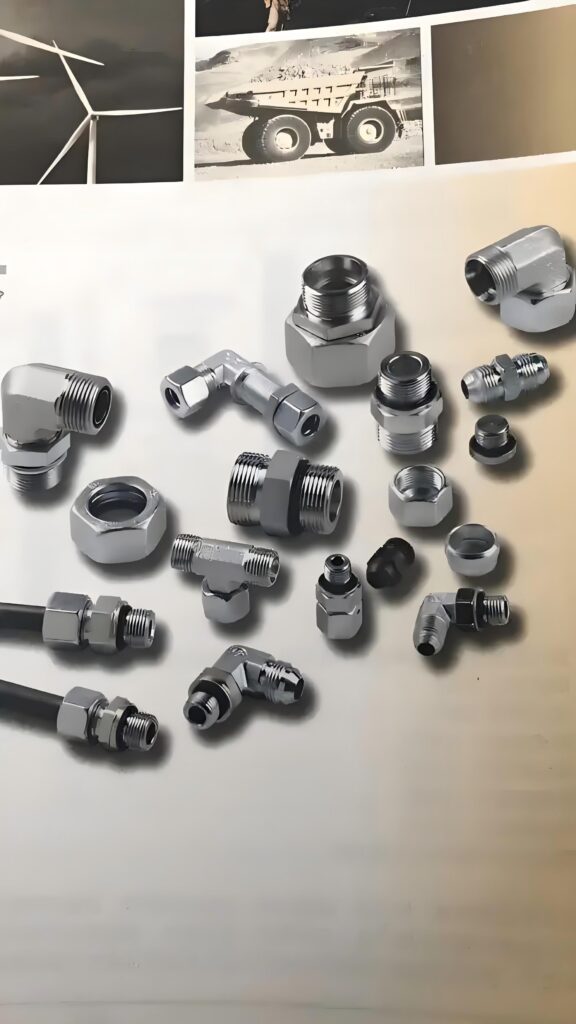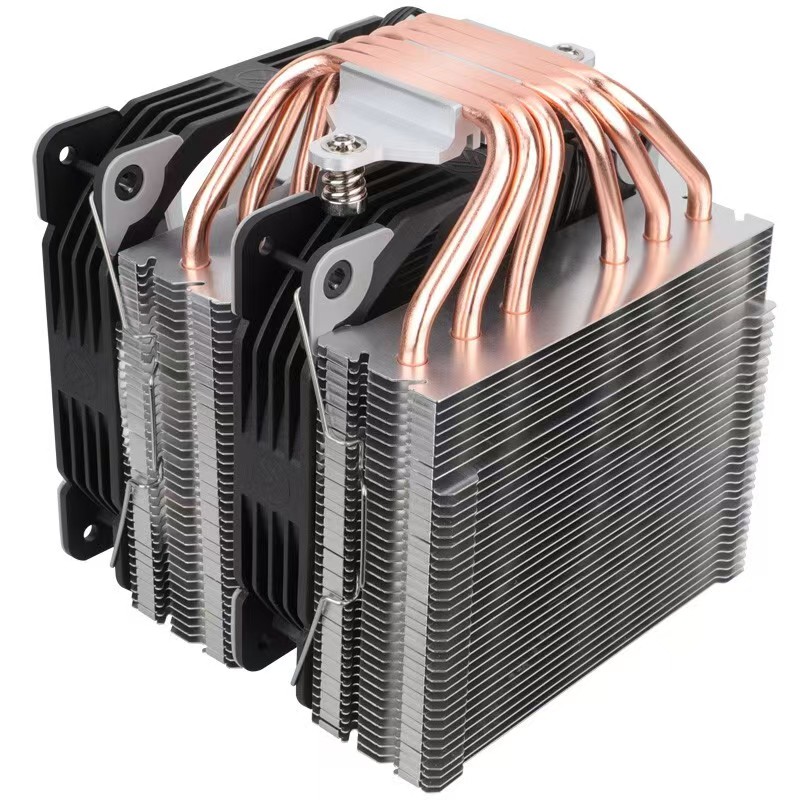When working with threaded fasteners, ensuring reliability and strength is critical. Threadlockers are widely used in automotive, aerospace, electronics, and industrial applications to prevent loosening caused by vibration, shock, or temperature changes. However, one common challenge engineers and maintenance professionals face is long curing time.
If you’ve ever asked yourself, “How can I make threadlocker cure faster without losing bond strength?”—you’re in the right place. In this article, we’ll explore practical, proven methods to accelerate threadlocker cure time while maintaining full performance.
Understanding Threadlocker Cure Time
Threadlockers, often based on anaerobic adhesives, cure in the absence of oxygen and in the presence of metal ions. The cure time depends on several factors, including:
Threadlocker grade (low, medium, or high strength)
Gap size between fastener threads
Temperature of the environment
Type of metal (active vs. inactive substrates)
Presence of surface contamination (oil, grease, dirt)
Typically, fixture time (initial strength) may take 10–30 minutes, while full cure strength can require 24 hours or more at room temperature.
Why Faster Cure Time Matters
Speeding up threadlocker cure time is crucial in many industries:
Assembly line efficiency – reduces waiting time and increases throughput
Maintenance and repair – minimizes downtime for critical equipment
Emergency fixes – ensures fast return-to-service without sacrificing safety
Proven Methods to Speed Up Threadlocker Cure Time
1. Use a Threadlocker Primer/Activator
Applying a primer/activator before the adhesive significantly reduces cure time. These primers provide the metal ions needed to start polymerization instantly, especially on “inactive” metals like stainless steel, aluminum, or plated fasteners.
✅ Benefit: Fixture time can be reduced from 30 minutes to as little as 2–5 minutes.
2. Increase Temperature
Threadlockers cure faster at elevated temperatures. If possible, gently heating the assembly (e.g., to 120–150°F / 50–65°C) accelerates curing without harming bond strength.
⚠️ Tip: Avoid overheating, which can damage adhesives or substrate materials.
3. Select the Right Threadlocker Grade
Different threadlockers are designed for different curing speeds. Wicking-grade and fast-cure formulations are available that bond more quickly than standard versions. Choosing the right grade ensures both strength and speed.
4. Optimize Surface Preparation
Dirty or oily fasteners slow down adhesive curing. Proper cleaning with a solvent or degreaser ensures maximum surface activity, which promotes faster curing and stronger adhesion.
5. Control Gap Size
The smaller the gap between threads, the faster the cure. Excessive clearance limits the adhesive’s anaerobic environment, slowing polymerization. Using the correct fastener tolerance ensures optimal performance.
Myths About Speeding Up Threadlocker Cure
❌ “Adding more threadlocker makes it cure faster.” – False. Excess adhesive actually slows curing and may reduce strength.
❌ “Any heat will improve cure time.” – Not always. Excessive heat can damage coatings or weaken the bond.
❌ “Primers reduce strength.” – Modern primers are designed to balance speed and strength. In most cases, strength remains within specifications.
Best Practices for Faster, Stronger Threadlocker Bonds
Always match the adhesive grade to your application (low, medium, or high strength).
Use a primer/activator on passive metals or in low-temperature environments.
Apply adhesive sparingly—just enough to coat the threads.
Clean and dry all fasteners before application.
Where possible, maintain a controlled curing environment.
Ready to Find the Threadlocker Cure for Your Industry?
Whether you’re in automotive, electronics, or industrial manufacturing, we provide high-performance threadlockers and adhesives tailored to your needs.
👉 Contact us today:
🌍 Website: https://usodake.com
📧 Email: dghxxw888@163.com
📞 Phone: +86-769-81617120 | +86-13711910698
📍 Location: Humen Town, Dongguan, China
Conclusion
Speeding up threadlocker cure time without compromising strength is possible by combining primers, heat, proper surface prep, and correct adhesive selection. By applying these strategies, you’ll reduce downtime, improve efficiency, and ensure every fastener performs at maximum strength.
For reliable, industrial-grade solutions, trust ODAKE—your partner in advanced adhesives and threadlocker technology.
Frequently Asked Questions (FAQs)
Q1: How long does it take for threadlocker to cure fully?
A: Most threadlockers achieve fixture strength in 10–30 minutes, but full cure generally requires 24 hours at room temperature.
Q2: Can I speed up Loctite cure time with heat?
A: Yes. Applying mild heat (120–150°F / 50–65°C) can accelerate curing. Avoid excessive heat that may damage substrates.
Q3: What’s the best way to cure threadlocker on stainless steel or aluminum?
A: Use a primer/activator, since these metals are considered “inactive” and naturally slow down curing.
Q4: Does using more threadlocker make it cure faster?
A: No. Over-application can slow curing and weaken bond strength. Use just enough to coat the threads.
Q5: What threadlocker should I choose for faster curing?
A: Look for fast-cure or wicking-grade threadlockers, especially for emergency or high-speed production environments.






